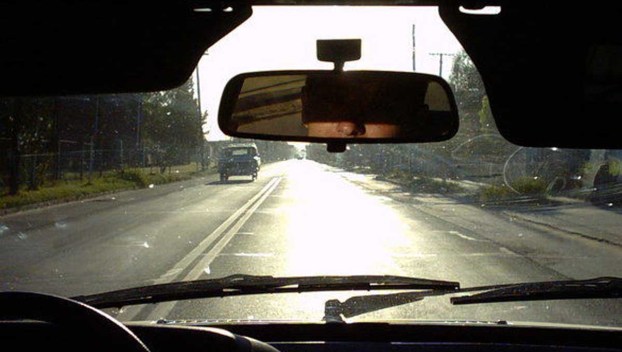
Cnhi Network
Drowsy driving as dangerous as drunk driving, study finds
Drivers hit the road in record numbers throughout the year, many unaware that they faced a rarely mentioned ... Read more

Drivers hit the road in record numbers throughout the year, many unaware that they faced a rarely mentioned ... Read more